How Arborists Diagnose and Treat Tree Diseases
The Science of Trees:
How Arborists Diagnose and Treat Tree Diseases
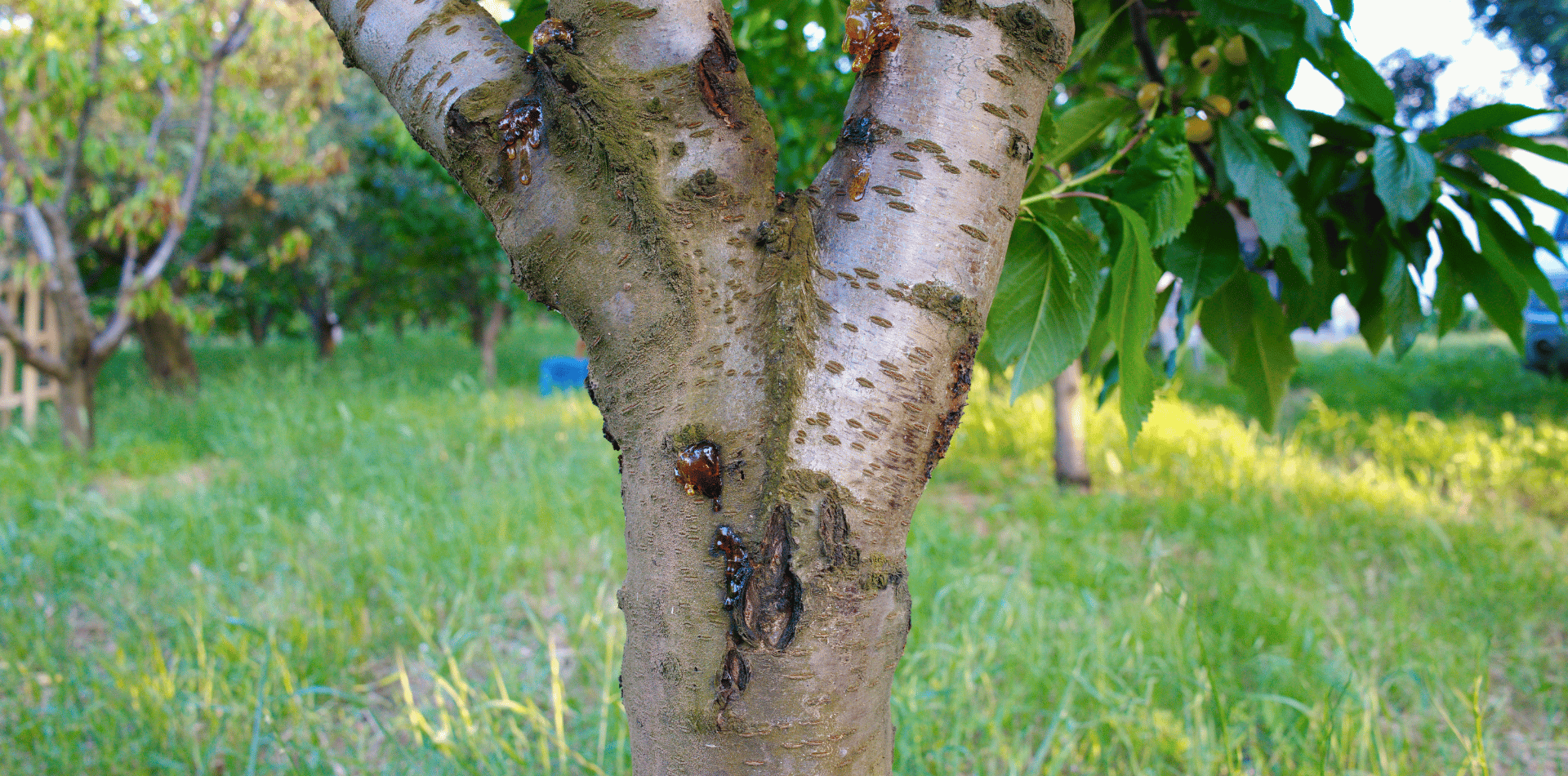
The health and longevity of trees are foundational to the sustainability of both natural and urban forests.
Arborists, or tree care professionals, play a crucial role in maintaining tree health through the application of scientific principles and techniques.
Let's explore the science behind how arborists diagnose and treat tree diseases, delving into the signs of disease or pest infestations, the latest treatments and preventive measures, and the ongoing research that shapes modern arboriculture.
The Diagnostic Process
Identifying Symptoms and Signs
The first step in diagnosing tree diseases is the observation of symptoms and signs.
Symptoms refer to the changes in a tree's appearance or function that indicate poor health, such as wilting leaves, stunted growth, or unusual leaf discolouration.
Signs, on the other hand, are the physical evidence of the pathogen or pest itself, including fungal spores, insect larvae, or visible damage to the tree structure.
Arborists use a combination of visual inspection, historical knowledge of the tree's health, and environmental conditions to narrow down potential causes.
Advanced diagnostic tools, such as soil tests and foliar analysis, may also be employed to assess nutrient levels and detect the presence of pathogens.
Understanding Tree Physiology and Pathology
A deep understanding of tree physiology and pathology is essential for accurate diagnosis.
Arborists must be familiar with the normal growth patterns and conditions of different tree species to distinguish between normal variations and signs of distress.
Knowledge of common pathogens and pests, along with their life cycles and environmental preferences, enables arborists to identify threats to tree health effectively.
Treatment and Management Strategies
Chemical Treatments
When appropriate, arborists may use chemical treatments to manage diseases and pests.
These can include fungicides to control fungal infections and insecticides to target pests.
The selection of chemical treatment is carefully considered to minimise environmental impact and avoid harm to beneficial organisms.
Recent advancements have led to the development of more targeted and eco-friendly options, such as systemic treatments that are absorbed by the tree and specifically address the problem organism.
Cultural and Mechanical Controls
Cultural and mechanical controls are often the first line of defense in managing tree health.
These methods include adjusting watering practices, improving soil conditions, and pruning infected or infested parts of the tree. Proper sanitation, such as the removal of fallen leaves and debris, can also prevent the spread of pathogens.
Arborists may implement integrated pest management (IPM) strategies, which combine multiple control methods based on the life cycle of the pest and environmental conditions.
Biological Controls
Biological control involves using natural enemies of pests and diseases to manage tree health issues.
This method can include introducing predatory insects to control pest populations or using beneficial fungi to suppress pathogenic fungi. Biological controls offer a sustainable and environmentally friendly alternative to chemical treatments, although their application requires careful planning and monitoring.
Prevention and Maintenance
Monitoring and Early Detection
Regular monitoring and early detection of potential health issues are critical components of tree care.
Arborists conduct periodic inspections to identify early signs of disease or pest infestation, allowing for timely intervention before the problem becomes severe. Preventive measures, such as mulching, proper irrigation, and avoiding mechanical damage to the tree, can also reduce the risk of disease.
Tree Health Assessments
Comprehensive tree health assessments are vital for developing long-term care plans.
These assessments consider the tree's species, age, growth location, and history of health issues, along with current environmental stressors. Based on this information, arborists can recommend specific practices to enhance the tree's resilience and overall health.
Ongoing Research and Education
The field of arboriculture is continually evolving, with ongoing research contributing to a deeper understanding of tree physiology, disease mechanisms, and effective treatment methods.
Arborists stay informed through professional development opportunities, scientific literature, and participation in industry organisations.
This commitment to education ensures that tree care practices remain current and effective, reflecting the latest scientific advancements and environmental considerations.
The science of diagnosing and treating tree diseases is complex, requiring a blend of observation, knowledge, and skill.
Arborists play an indispensable role in protecting tree health, leveraging scientific principles to identify issues, implement treatments, and recommend preventive measures.
As guardians of our trees, their work not only ensures the vitality of individual trees but also the health and sustainability of entire ecosystems.
Through continued research and education, arborists are equipped to face new challenges in tree care, ensuring that trees continue to thrive for generations to come.
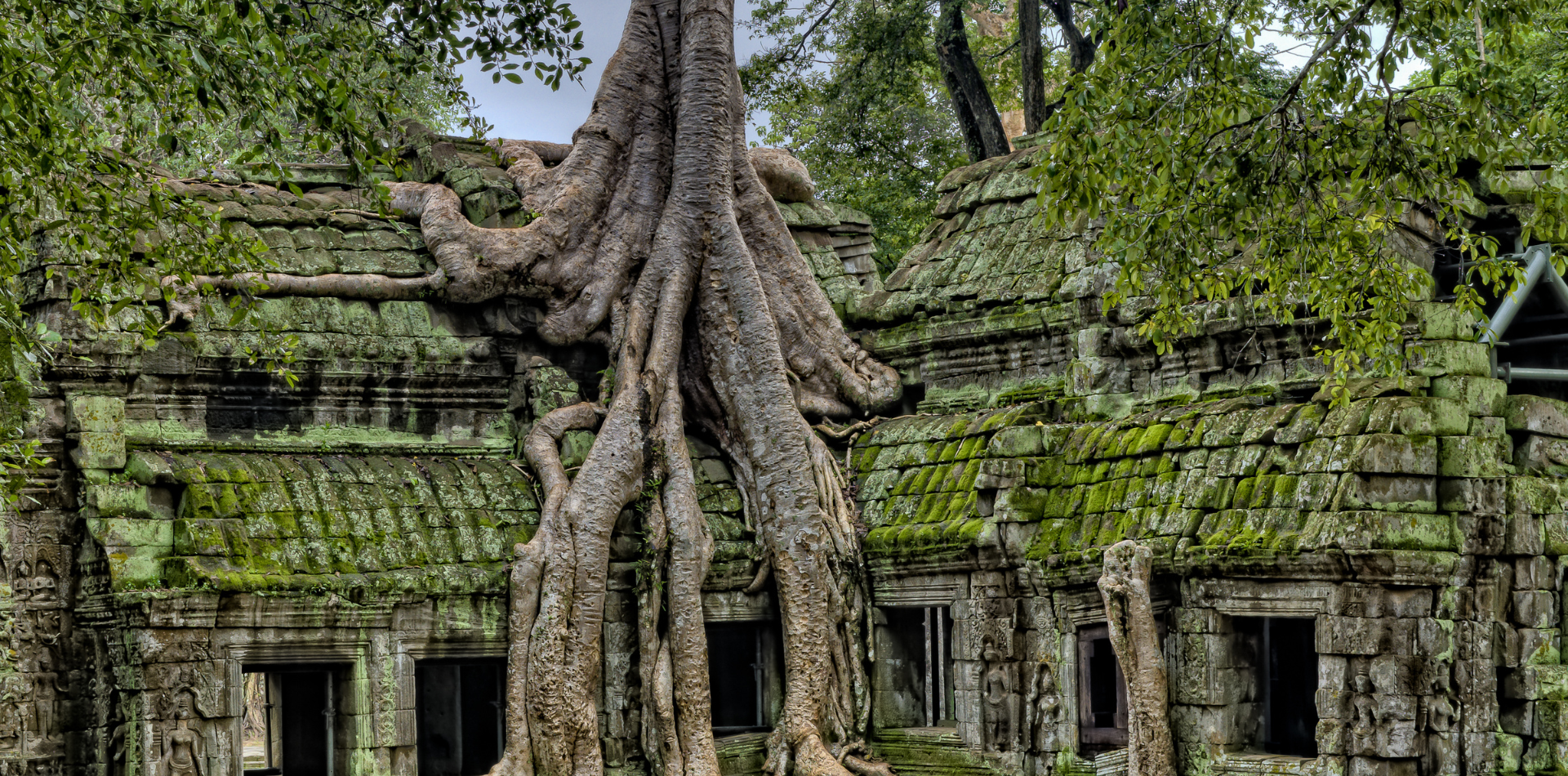

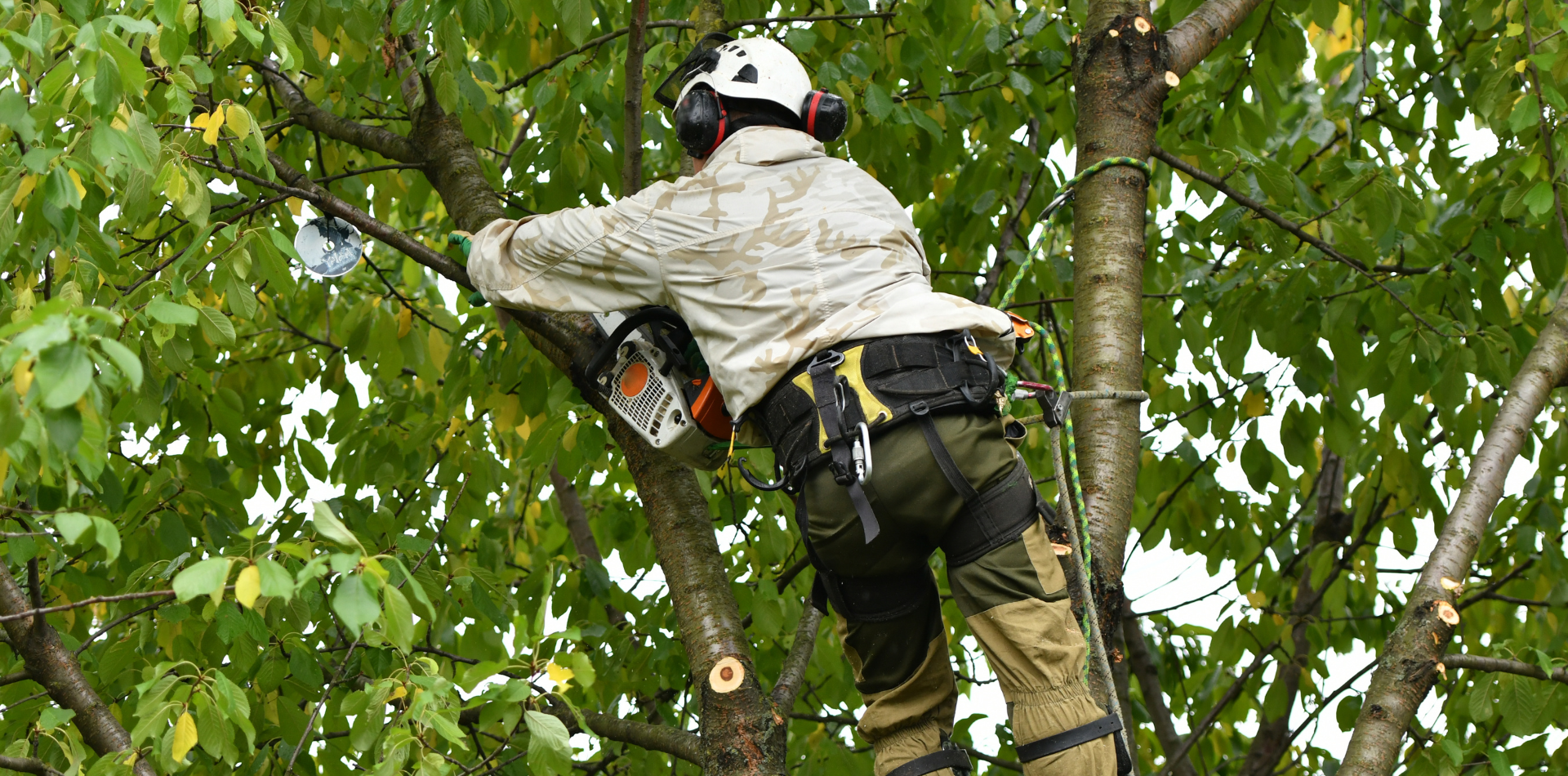
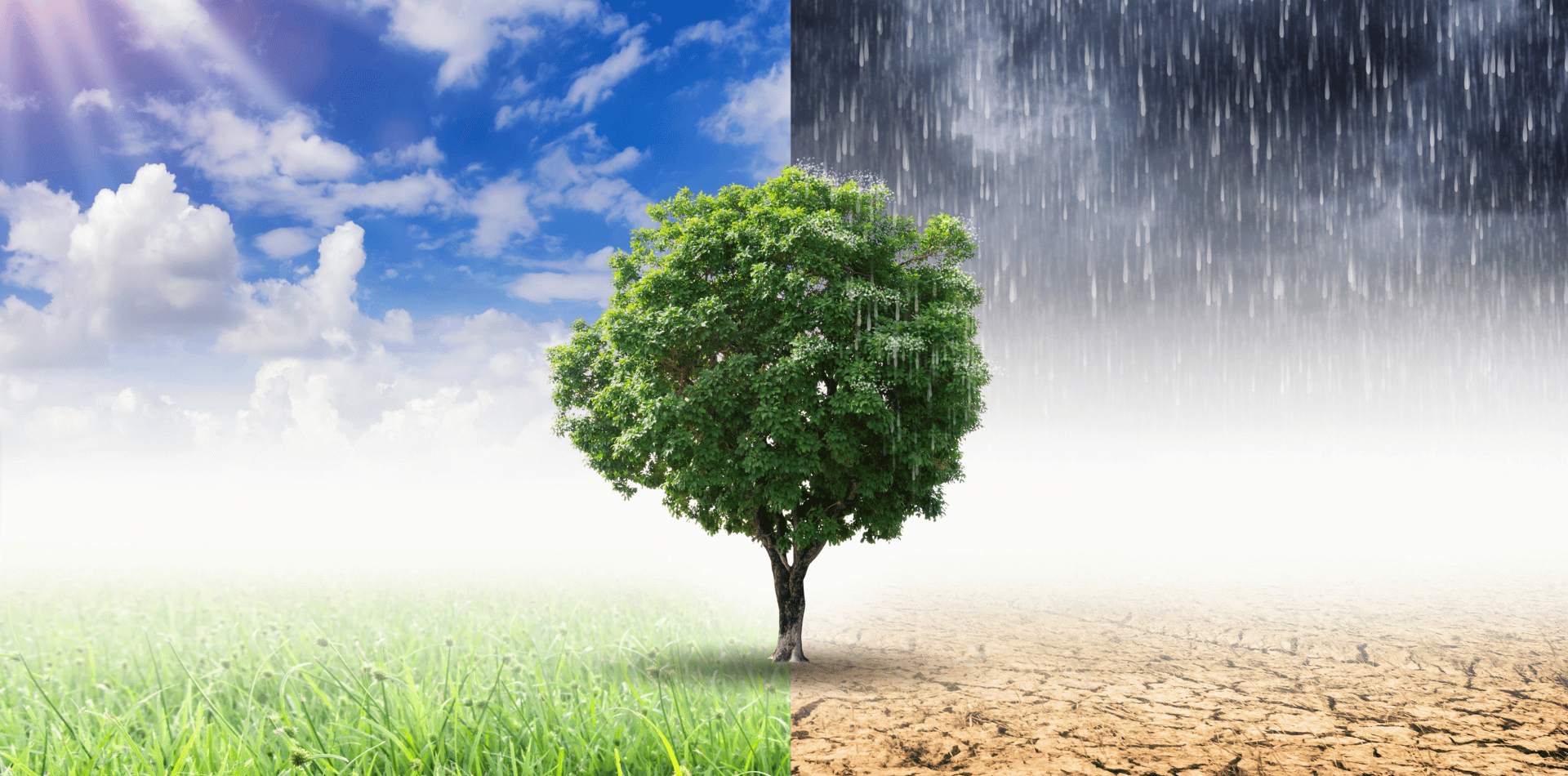
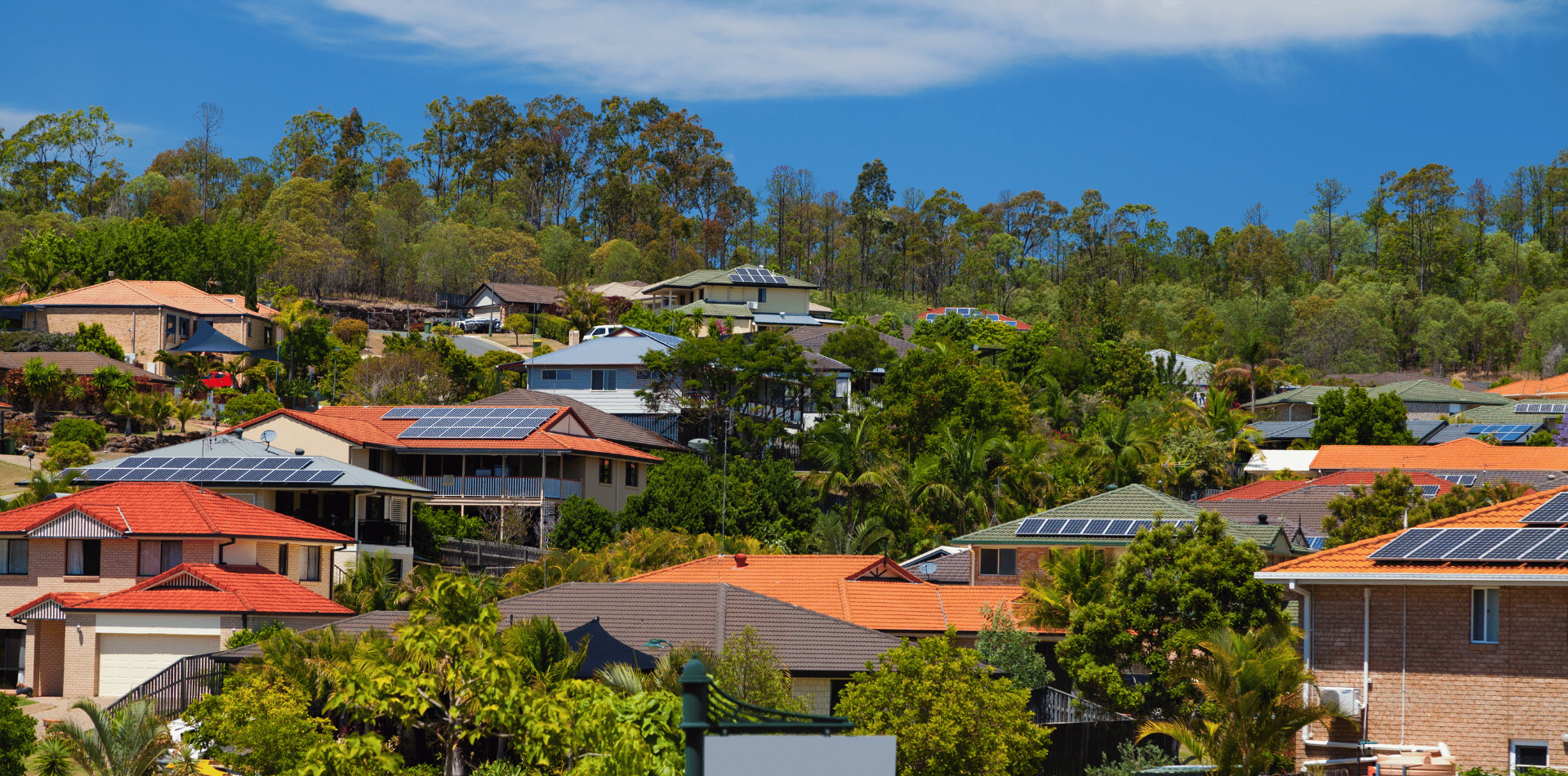
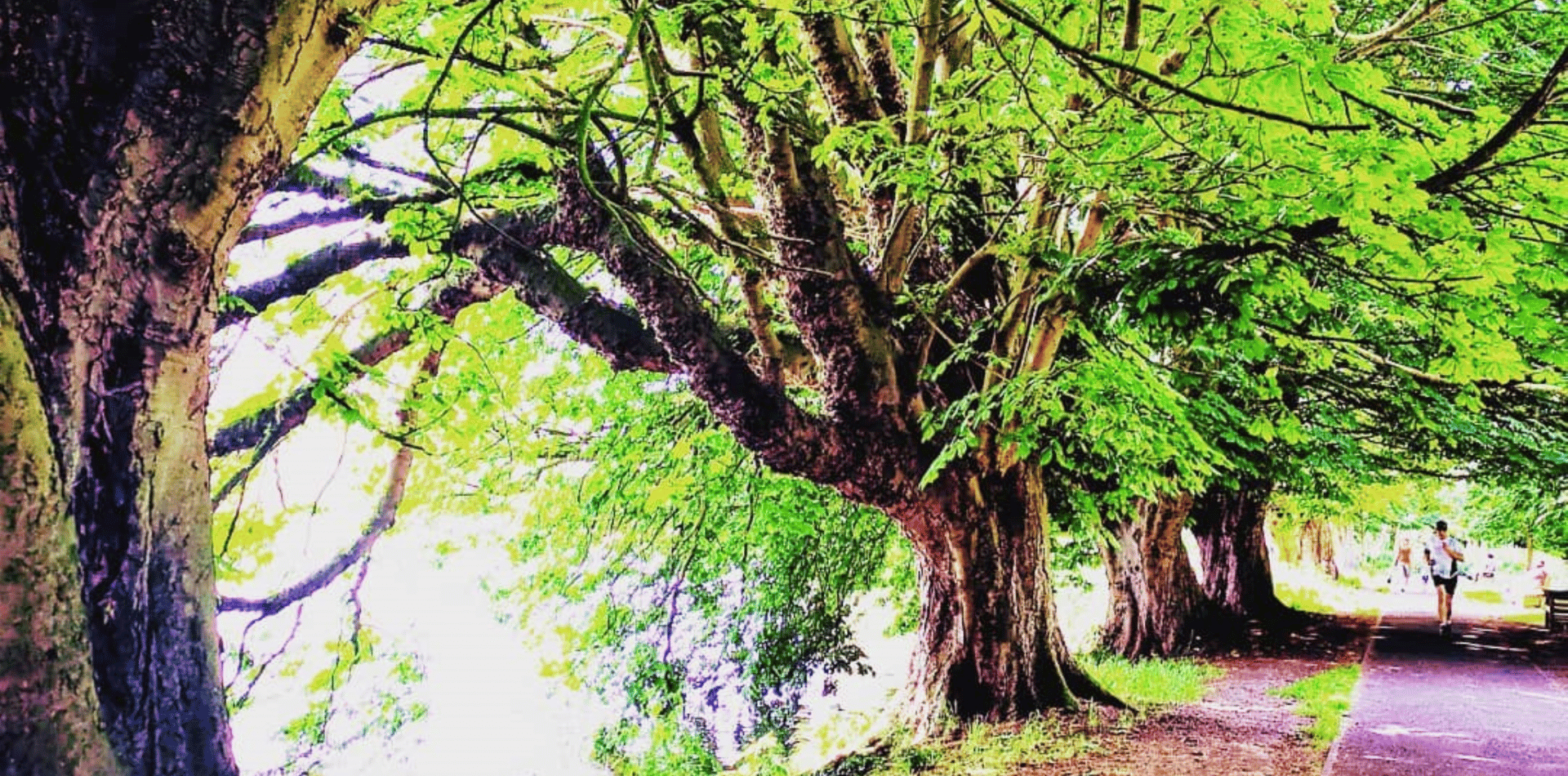
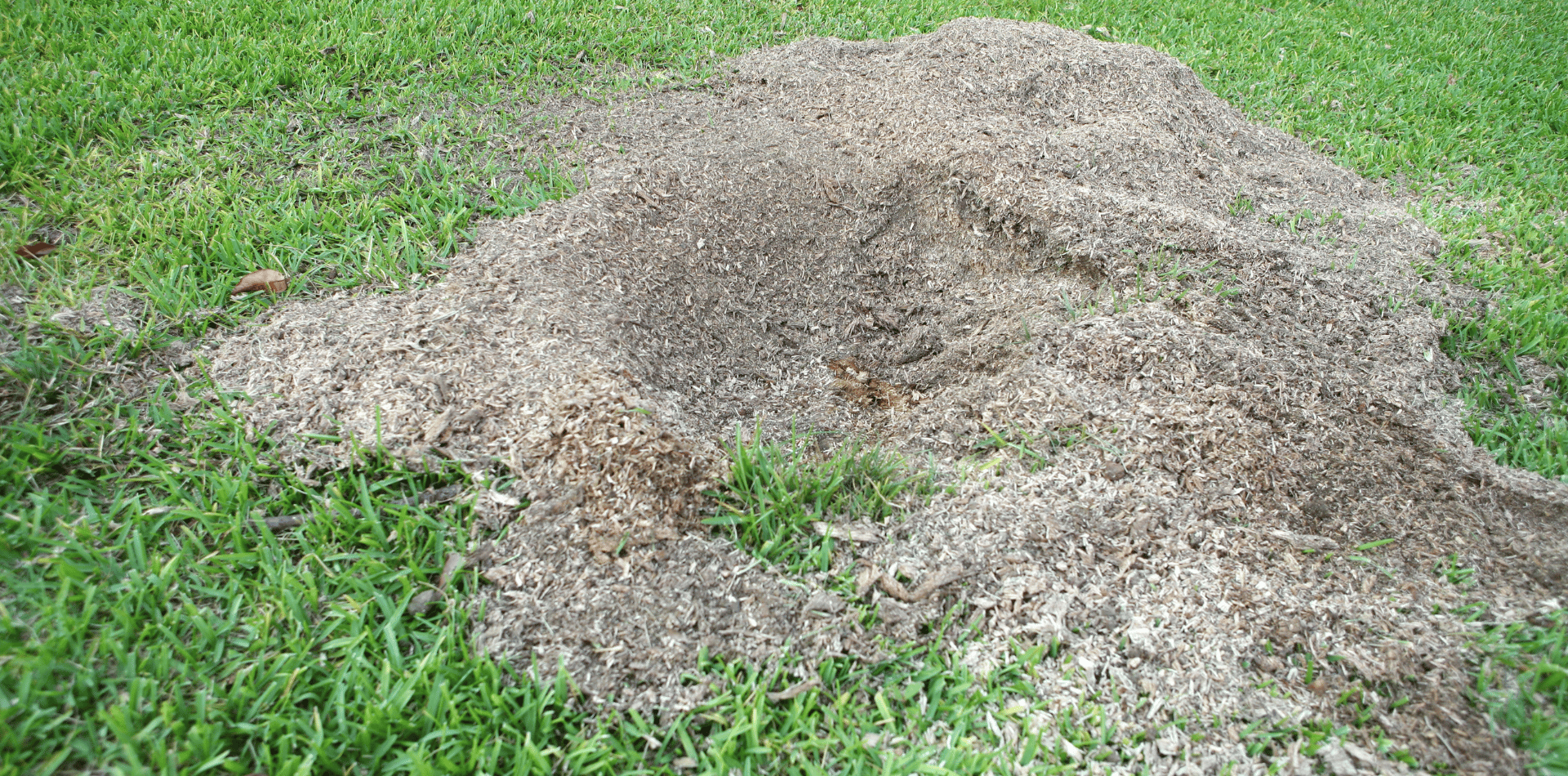
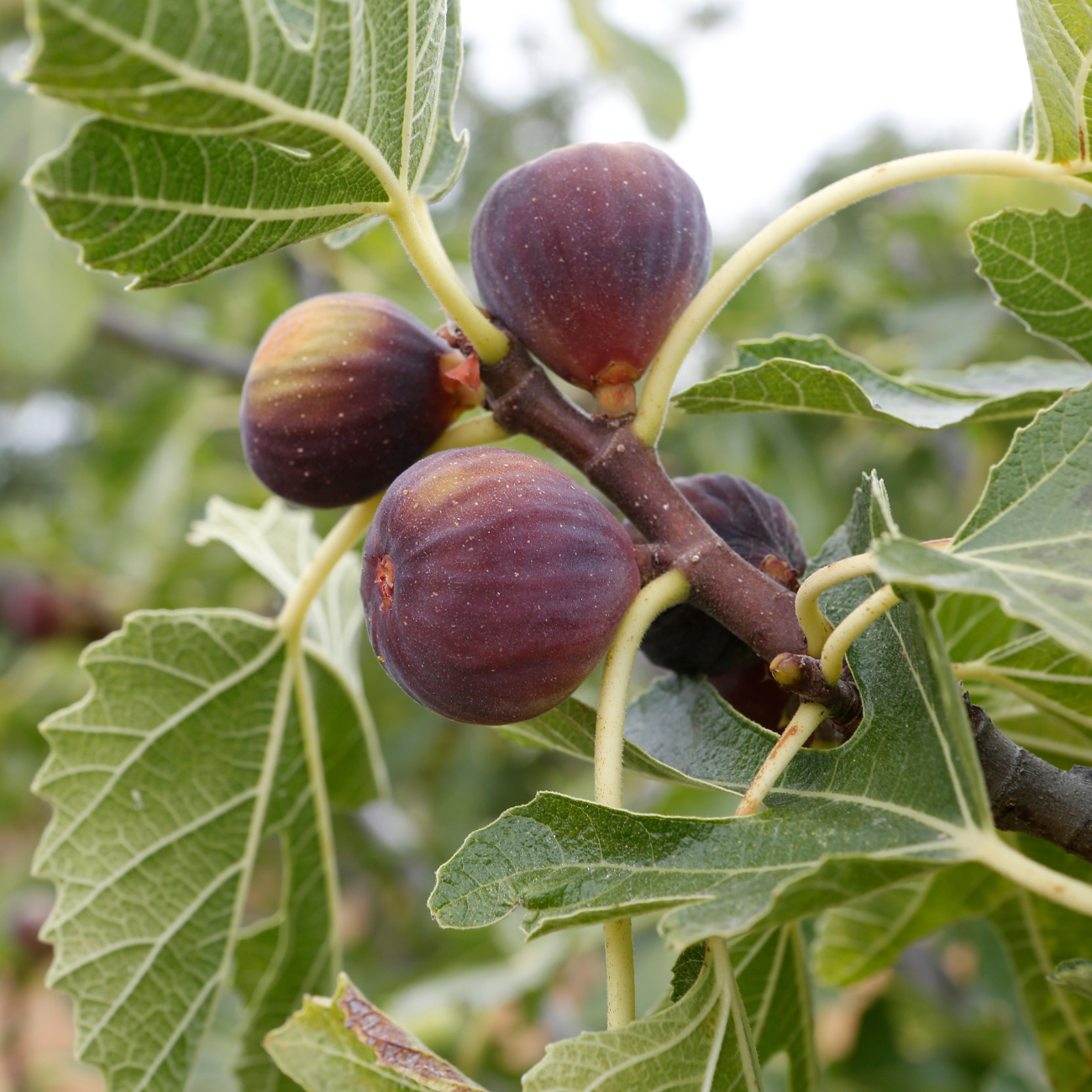
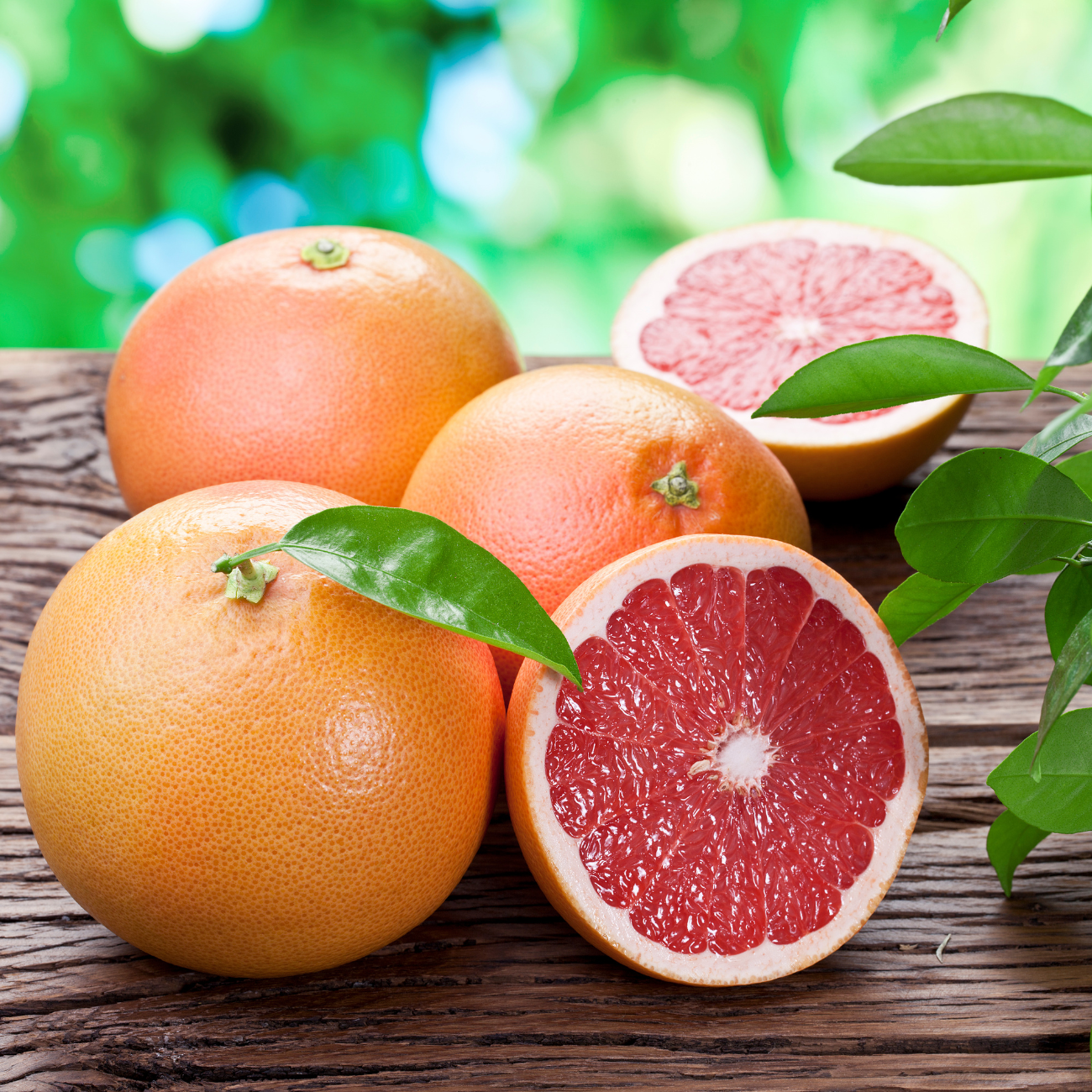
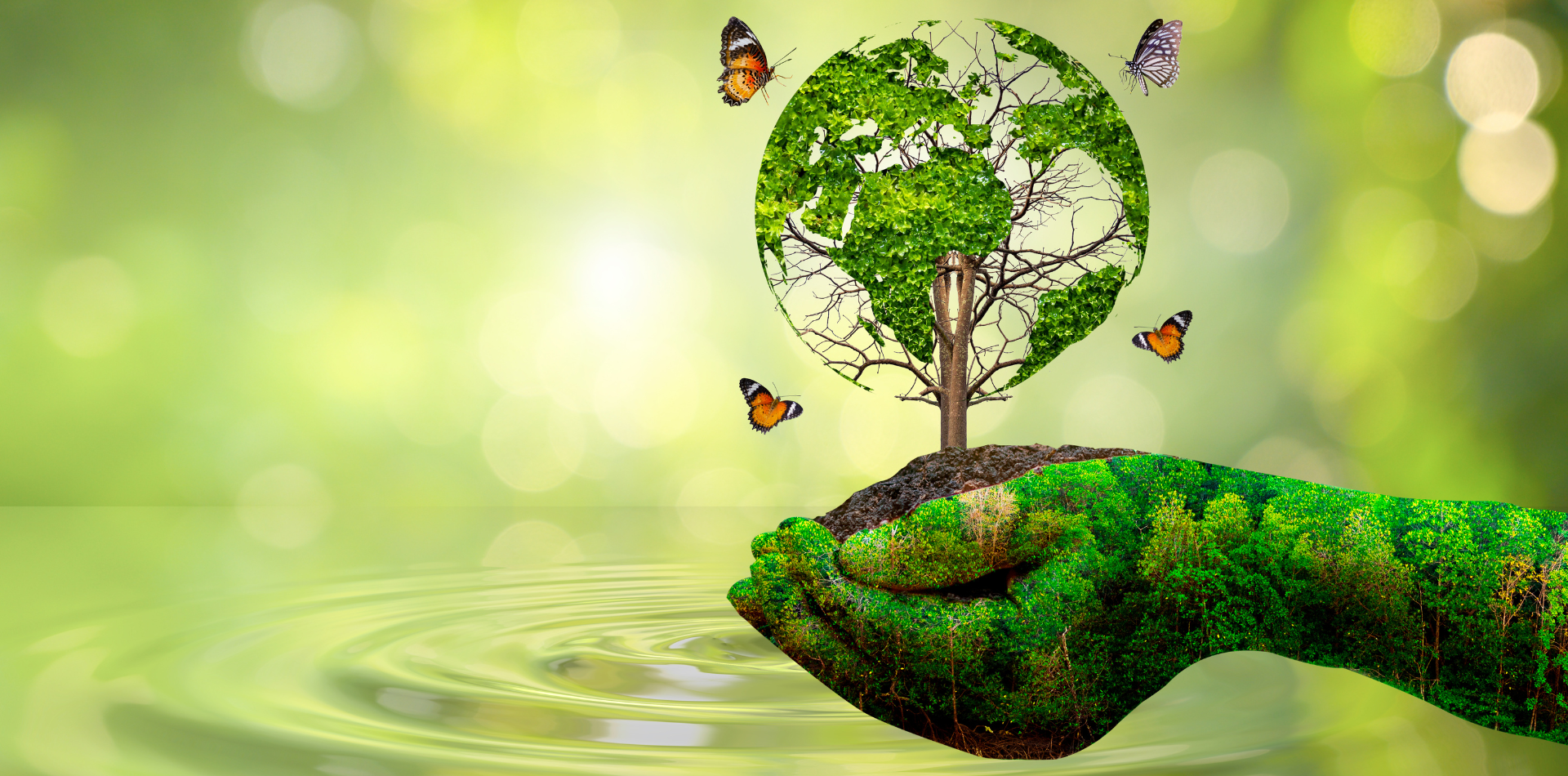
Contact
Kaptol Tree Removal Newcastle
A Member of the Kaptol Group
Powered by Kaptol Media

